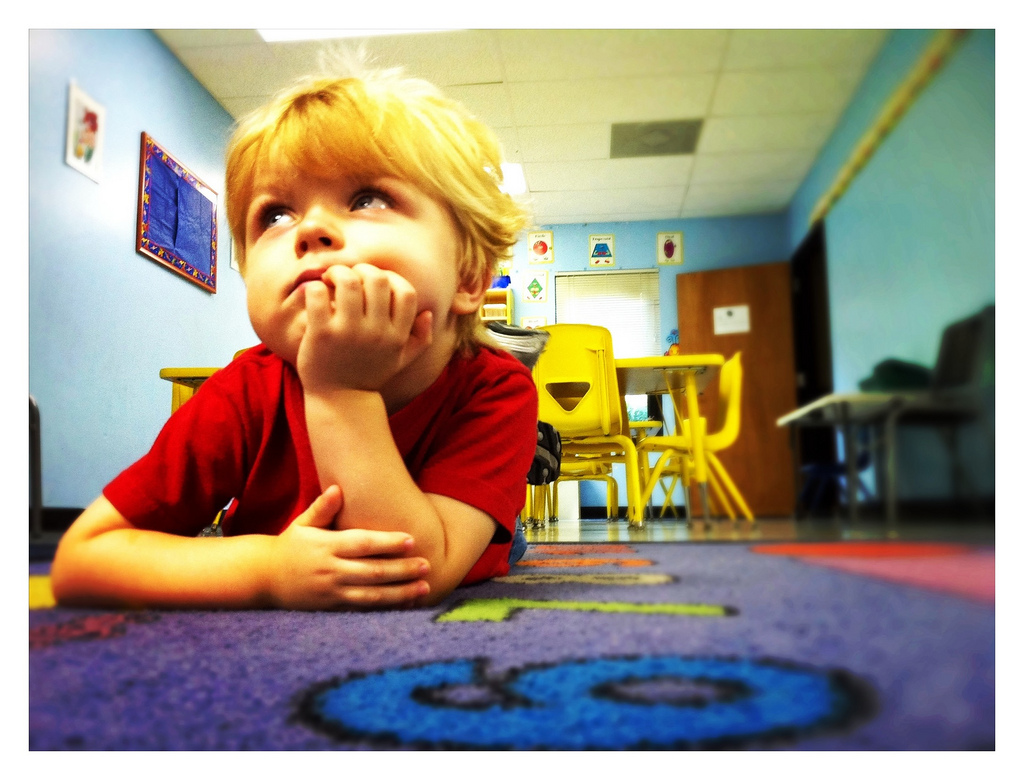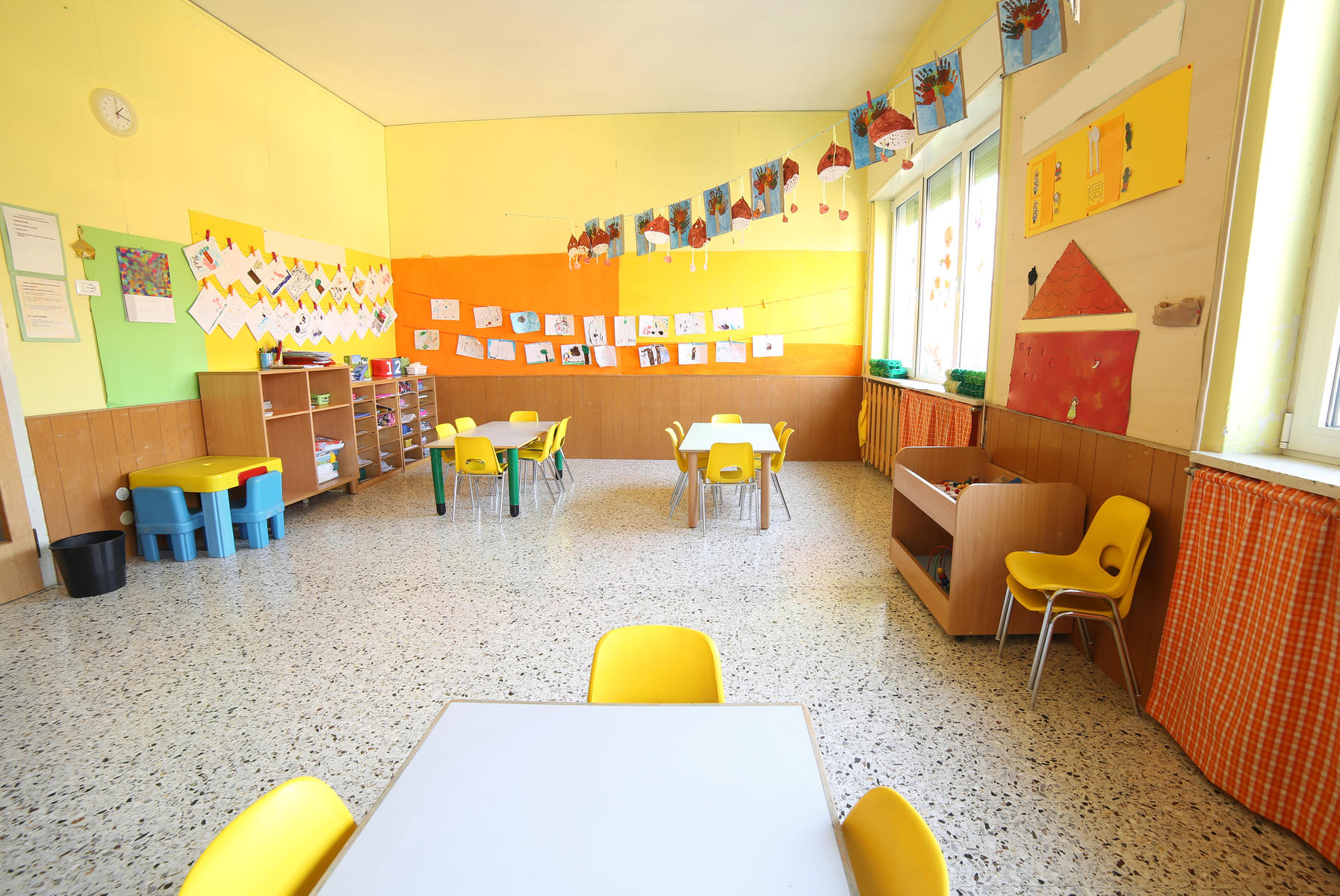
The requirement for leadership in early childhood education and care (ECEC) settings has and always will be a priority because of the link between high-calibre leadership and better outcomes for young children.
… the context of early childhood is continually changing and becoming increasingly complex. Roles are changing and expanding. Old solutions to issues and problems do not always work. These ‘change challenges’ suggest a real imperative for the field to develop new and robust frameworks for leadership that can support people in facing, grappling with, initiating and facilitating change rather than simply reacting (Fasoli, Scrivens & Woodrow, 2007, pp. 232—233).
It is recognised that effective leadership is vital to the success of education and care settings. Without skilled and committed leaders to help shape teaching and learning, the opportunity to create and sustain high-quality learning environments is minimal. Research also shows that leadership is second only to teaching as an influence on learning, and that the quality and practice of leadership is linked in a consistent and demonstrable way to improved student outcomes and educational equity (Leithwood et al., 2006, p. 4; Mitgang, 2012, p. 3).
ECA has recognised this research, and that the sector requires all who work within it to build on their professional knowledge base and engage in ongoing learning and development. Thus, over the past two years, ECA has researched what leadership looks like in early childhood settings and developed a set of capabilities on which early childhood and school care leaders can frame their professional leadership plans. These capabilities encourage a leader to reflect personally and with others how they:
- make children’s learning, development and wellbeing the core focus
- address children’s rights and honour diversity of all kinds in positive, constructive and courageous ways
- build respectful, trusting, nurturing and equitable relationships
- build respectful and genuine connections with families and communities
- collaboratively develop a culture of ethical inquiry
- collaboratively create a community of learners.
The leadership capabilities have been developed as part of ECA’s desire to articulate for itself, and the profession, a view of leadership that aligns with the quest for children’s care and education and a sector characterised among other things by:
… the physical intensity of working with young children; the necessity to develop relationships that are emotionally and cognitively intimate; the need for early childhood professionals to regard themselves as learners … ; adaptability across a wide range of developmental levels and institutional settings; the need to take very seriously the family and sociocultural context; the ability to read the child, using highly developed skills of observation and interpretation; the significance of the community context in all aspects of work; and the development of a knowledge base that is grounded in child development (Fasoli, Scrivens & Woodrow, 2007, p. 215).
These capabilities have been packaged as The Leadership Capability Framework for Early Childhood Education and Care and School Age Care. They are built upon a set of values, attributes, skills, knowledge and dispositions, and practices that support effective leadership in early childhood education and care.
These practices include: identifying and articulating a vision; ensuring shared understandings, meanings and goals; effective communication; encouraging reflection; monitoring and assessing practice; commitment to ongoing professional development; distributive leadership; building a learning community and team culture; encouraging and facilitating genuine family and community partnerships; and striking the balance between leading and managing (adapted from Siraj-Blatchford & Manni, 2007).
The completion of extensive research and national consultations has led to a number of understandings about leadership in ECEC settings that include:
- Leadership is about identity—it starts from within.
- Leadership is about influence (both directly and indirectly) and responsibility, and is therefore potentially open to everyone.
- Leadership demonstrates respect as an enactment of ethical commitments.
- Leadership is about qualities and values rather than position.
- There is not just one way to enact leadership—it is complex, dynamic and varies from situation to situation and from culture to culture.
- Leadership is about purpose.
- Leadership capabilities can be professionally developed.
Leadership in ECEC settings requires deep human qualities that include but go beyond conventional notions of authority.
The traditional concept of a leader as being an individual at the top of
a hierarchy is an incomplete appreciation of what true leadership must
be. Leadership is an influence process enacted by individuals and teams
as one connects with one another, to make the changes that reflect
shared vision and purpose. Leadership is both an individual and
collective ethical responsibility.
Leadership is about purpose, and for ECEC settings that purpose is embodied in pedagogical leadership. While strong pedagogical leadership underpins the way a setting operates, it is also acknowledged that effective leaders do many other things, such as organising and managing resources and time, hiring and managing staff, and making genuine connections with children and staff, families, communities and other organisations.
In the end, leadership within the ECEC setting ‘ … is a journey of joint inquiry, exploration and reflection that can involve everyone who believes in making a difference for children’ (Waniganayake & Semann, 2011, p. 24), and we at ECA look forward to being partners in this journey.






